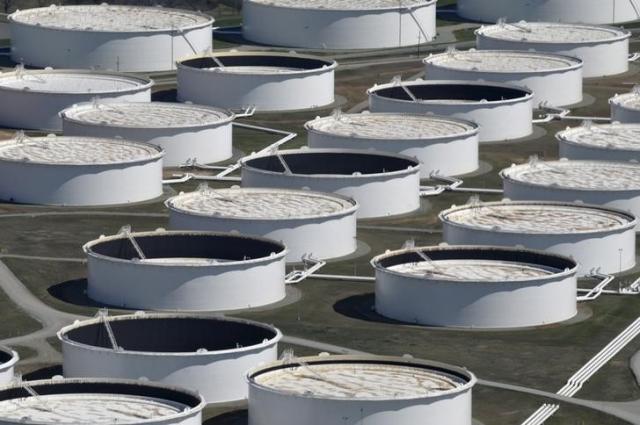By Reuters
Oil prices settled nearly flat on Thursday, the eve of a meeting of major oil-producing countries in Vienna to discuss whether they will extend production limits that have helped reduce the global crude glut.
Ministers from the Organization of the Petroleum Exporting Countries, Russia and other producers meet on Friday. They will discuss a possible extension of 1.8 million barrels per day (bpd) of supply cuts to support prices and will consider monitoring exports to assess compliance.
While many analysts expect extension of the deal beyond next March, many also said prices have risen high enough to tempt countries to boost production beyond agreed levels.
“Compliance looks to be a bit of an issue” if prices rise much from current levels, said John Kilduff, partner at Again Capital LLC in New York.
U.S. crude futures dipped 14 cents, or 0.3 percent, to settle at $50.55 a barrel. Brent crude futures rose 14 cents, or 0.3 percent, to end at $56.43 a barrel.
Kilduff noted that oil prices have surged more than 15 percent over the last three months as the production cuts, along with strong growth in energy demand, have tightened the global crude market.
“I don’t think it’s a sure thing they extend the deal at this meeting anyway,” Kilduff said.
“Russia took a very long time to get to the compliance levels they were supposed to get to” in the output cut agreement, said Tariq Zahir, a trader with Tyche Capital Advisors in New York. “It wouldn’t surprise me to see them cheat a little bit as we get to the fourth quarter.”
He said OPEC’s output cuts have boosted prices enough to encourage higher production elsewhere. U.S. shale production, especially, has been growing to record highs.
Hurricanes in the Gulf of Mexico have pushed up crude inventories as some U.S. refineries have been shut by flooding.
U.S. crude production reached 9.51 million bpd last week, up from 8.78 million bpd after Hurricane Harvey hit the U.S. Gulf late August. (C-OUT-T-EIA)
Rising U.S. production is “a reminder to the market that OPEC has a significant problem on its hands from the continued rise in shale output,” Again Capital’s Kilduff said.
Front-month Brent futures have risen sharply in recent months, much more than forward prices. This has pushed the price curve for oil futures from contango, signifying an oversupplied market, to backwardation, where the back months are cheaper than the front month contract, indicating a tighter market.<0#LCO:>
Brent’s backwardation, initially confined to the contracts nearest expiry, now extends throughout the whole of next year.













